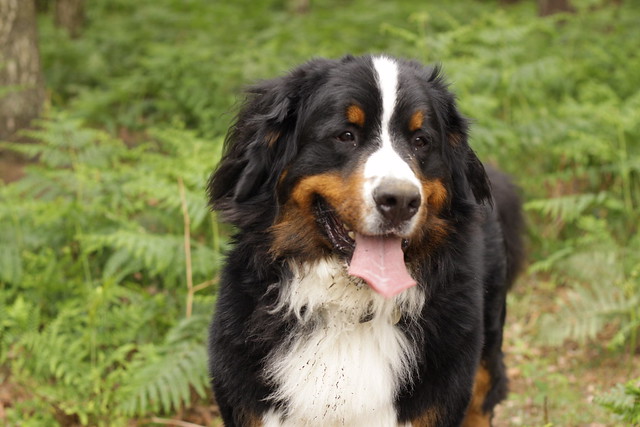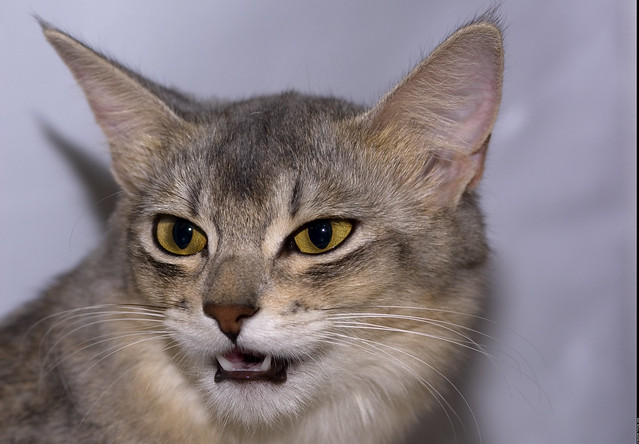 |
| Toy Poodle - Photo by Yasuhiko Ito |
Proper nutrition.
Look at your dog's diet and see if there is something you can do to improve it. Look for dog foods and dog food companies proven to use high-quality ingredients. There are also pet foods specifically formulated to dogs with a certain health condition like obesity and diabetes. If you prefer to give homemade dog foods, ask your vet's advice for the ingredients that are appropriate for your furry friend. When switching dog food, remember to do so gradually to prevent gastrointestinal upset and other digestive problem.
Look at your dog's diet and see if there is something you can do to improve it. Look for dog foods and dog food companies proven to use high-quality ingredients. There are also pet foods specifically formulated to dogs with a certain health condition like obesity and diabetes. If you prefer to give homemade dog foods, ask your vet's advice for the ingredients that are appropriate for your furry friend. When switching dog food, remember to do so gradually to prevent gastrointestinal upset and other digestive problem.
Physical maintenance.
As much as it is important for humans, exercise is also vital in keeping your dog fit. Toy Poodles are active little dogs who need a daily walk - be it around the block or in the park nearest to you. Behavior problem such as chewing, digging and urine marking inside the house can be avoided with daily as well as playing ball and fetch. But remember not to over-exercise your dog, allow exercise that is only appropriate for your dog's age and breed.
As much as it is important for humans, exercise is also vital in keeping your dog fit. Toy Poodles are active little dogs who need a daily walk - be it around the block or in the park nearest to you. Behavior problem such as chewing, digging and urine marking inside the house can be avoided with daily as well as playing ball and fetch. But remember not to over-exercise your dog, allow exercise that is only appropriate for your dog's age and breed.
Grooming and cleaning.
Grooming doesn't necessarily mean dressing your dog up. Grooming is one way of making sure that your dog is clean and doesn't look and smell dirty. A Toy Poodle needs regular bath and clipping every six weeks. Clean the ears, the teeth, and the gums. Dog shampoo, toothbrush, toothpaste and other cleaning and grooming supplies are available at most pet supply stores.
Grooming doesn't necessarily mean dressing your dog up. Grooming is one way of making sure that your dog is clean and doesn't look and smell dirty. A Toy Poodle needs regular bath and clipping every six weeks. Clean the ears, the teeth, and the gums. Dog shampoo, toothbrush, toothpaste and other cleaning and grooming supplies are available at most pet supply stores.
Shelter.
Dogs have natural den instinct. They need a space they can call their own, their shelter and home. Make the shelter - be it a kennel, crate or bed comfortable as much as possible. The bed or the crate must be appropriate for your dog. It shouldn't be too small to allow movements.
Dogs have natural den instinct. They need a space they can call their own, their shelter and home. Make the shelter - be it a kennel, crate or bed comfortable as much as possible. The bed or the crate must be appropriate for your dog. It shouldn't be too small to allow movements.
Training.
Training is an important part of a dog's life. Even if you do not intend to have your dog appear in dog shows and rings, training is still necessary. Remember that a well-trained dog is pleasant to be around. Less accident in the house, less trouble!
Training is an important part of a dog's life. Even if you do not intend to have your dog appear in dog shows and rings, training is still necessary. Remember that a well-trained dog is pleasant to be around. Less accident in the house, less trouble!
Providing your dog the above-mentioned needs will certainly create a long, happy and healthy life with your furry friend.
|











